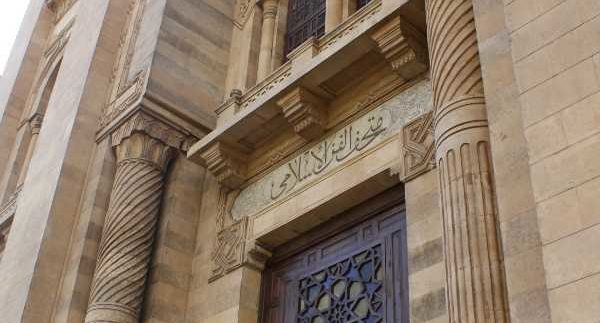-
352 Ahmed Maher Sq., Main Entrance on Port Said St.
-
Museums
-
-
09:00 AM -04:00 PM Daily -
Callie Wallace

US$10 million and eight
years of renovations have produced a very impressive result in this Cairene Museum. The Museum of Islamic Art
finally reopened in September 2010, and it was well worth the wait. The massive
renovation project brought together Egyptian and international architects,
artists and museum design specialists, who completely transformed the building
inside and out. The new Museum of Islamic Art offers a calm, serene museum experience–
something that can be hard to come by in Cairo.
Before even glancing at the
museum’s artefacts, the museum’s interior may attract your attention. The high
ceilings and windows, striking grey-blue walls and squeaky, shiny marble floors
stand in stark contrast to Cairo’s
many crowded and dim museums. Despite the throngs of tourists and locals alike
flowing through the rooms, the atmosphere remains quiet and peaceful.
This museum houses one of the
most impressive collections of Islamic art in the world, with artefacts from
all over the Middle East and beyond from the Umayid period until the Ottoman Empire. The collection has been pared down
significantly to 1700 relics, in comparison to the 10,000 objects prior to the
renovation.
In the room straight across from
the entrance are plaques displaying information about each major period of
Islamic rule– Umayid, Abbasid, Fatimid, Ayubid, Mamluk and Ottoman. On each
plaque, there is a map illustrating the dynasty’s expansion across North Africa
and the Middle East as well as information
about the rulers, their monuments and their notable contributions to art and
architecture. For once, the shiny information plaques are free from grammar and
spelling errors.
The museum is split into two wings. On the left are materials from all
over the Islamic world: textiles, carpets, windows, mashrabeyas, ceramics and
even surgical instruments and tiny perfume bottles.
This wing is organised chronologically
and according to materials, and for each artefact, the material and period of
Islamic rule is specified. The 15th century Mamluk marble fountain was a
particularly impressive display; recently restored to bring out its bright colours
and designs. The wing to the right of the entrance houses larger items taken
from monuments throughout Cairo.
You can exit the museum at the far right side of the building, where
there is a large courtyard and the museum’s administrative building. Here, the
museum is also wheelchair-accessible.
Write your review
recommended
 Cafés
Cafés
Bite Into the Croffle Craze: The Best 5 Spots to Try Croffles in Cairo
cafes cairo +2 City Life
City Life



